Healthy, beautiful hair is a crucial element that significantly enhances one’s overall appearance. Yet in reality, many people struggle with various hair texture issues. Dry, frizzy hair can make you look worn out, while flat hairstyles rob your facial features of their dimensionality. Thin hair tends to give off an aged appearance, adding years to your look. These hair concerns don’t just affect your physical beauty—they can chip away at your confidence and leave you feeling uneasy in social situations.
Resolving hair troubles holds important practical value. It not only boosts your external image but also brings joy and a sense of fulfillment in daily life. With great hair quality, you’ll handle everything from daily commutes and friend gatherings to important occasions with ease, allowing you to showcase your best self in any scenario.
Now let’s dive in and see how to tackle issues with different hair types!
1.Limp, Flat Hair: Ditch the Sagginess and Boost Volume
Common Issues
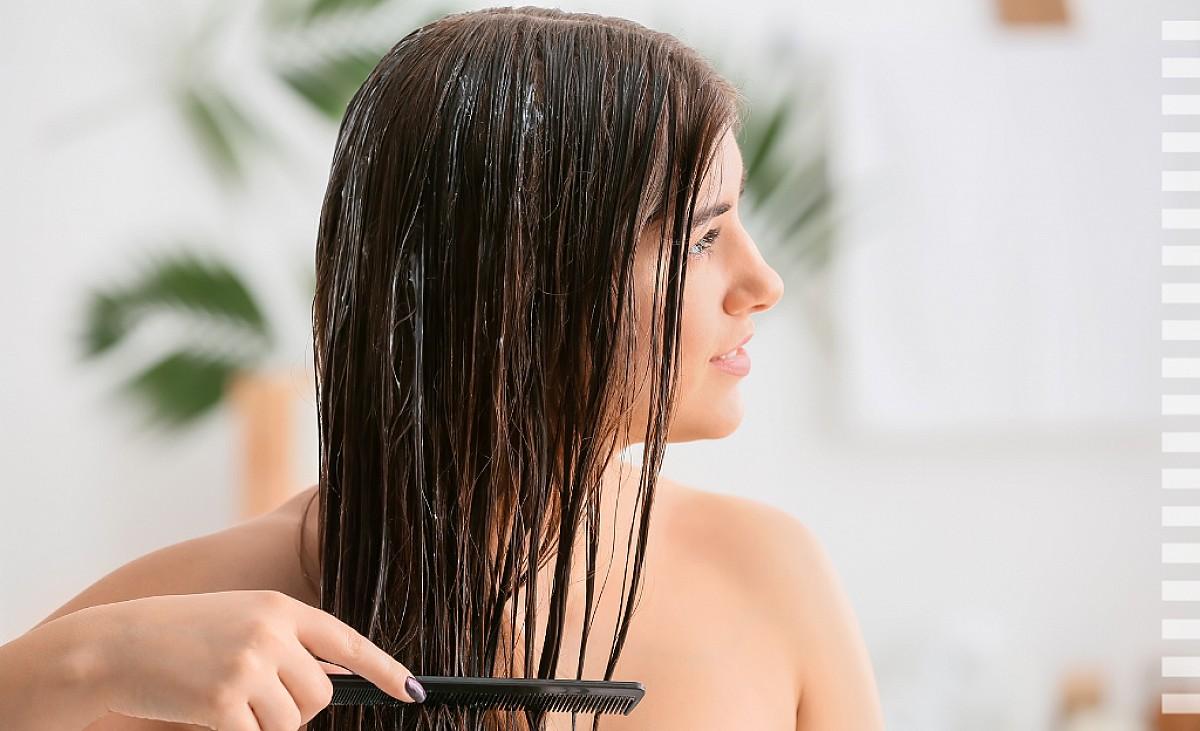
People with limp, flat hair often struggle with weak roots that can’t hold a style—like hair that just “won’t stand up,” making it hard to achieve a polished look. What’s worse, hairstyles easily cling to the scalp, leaving the head looking underwhelming and even making the face appear larger. Even meticulously styled hair in the morning quickly falls flat, leaving you frustrated by midday.
Solutions
For root care, opt for volumizing shampoos and conditioners. When washing, massage your scalp to boost blood circulation and strengthen root vitality. After washing, dry your hair by blowing upward from the roots with a hairdryer, using your fingers to lift and separate strands as you go—this helps roots stand upright and adds overall volume.
Styling tools are another great aid. A curling iron can create subtle root waves, adding lift right at the base. Keep the heat setting moderate to avoid damaging hair. Dry shampoo is also a lifesaver for limp hair: lightly pat a small amount onto roots and rub in with your fingertips to instantly boost volume.
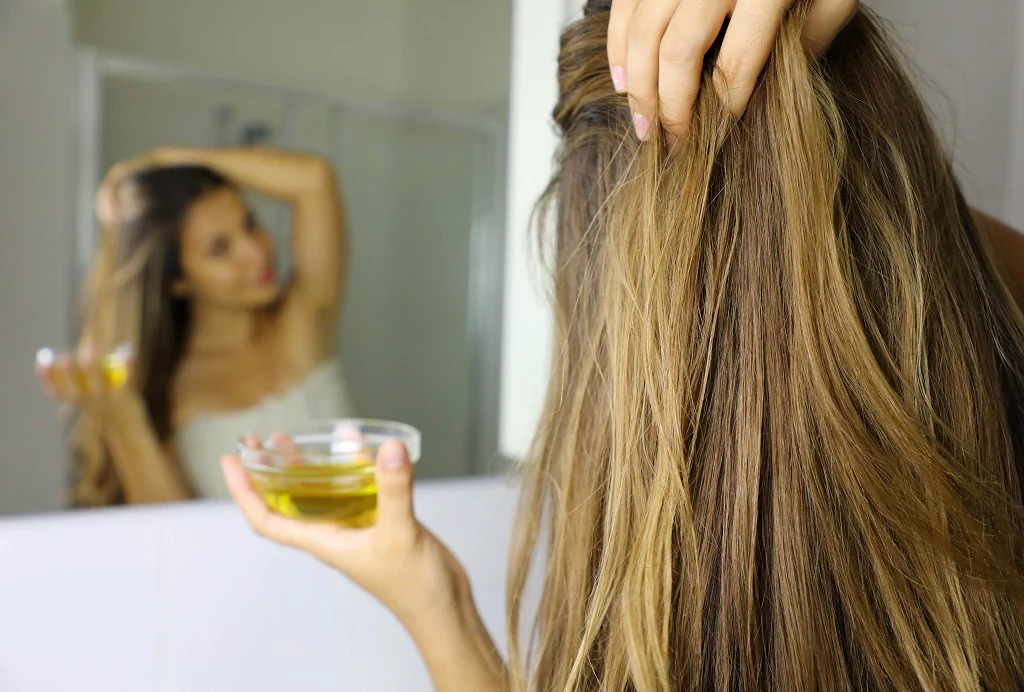
2.Damaged hair from coloring and perming: Prioritize repair, maintenance, and health restoration.
Common Issues
After coloring or perming, hair often becomes dry and brittle. It loses its natural shine and softness, turning rough and stiff. Worse, split ends and breakage become frequent problems—even a gentle brush through can lead to excessive hair fall. Not only does this ruin your hairstyle’s appearance, but it’s also genuinely disheartening to see your hair suffer.
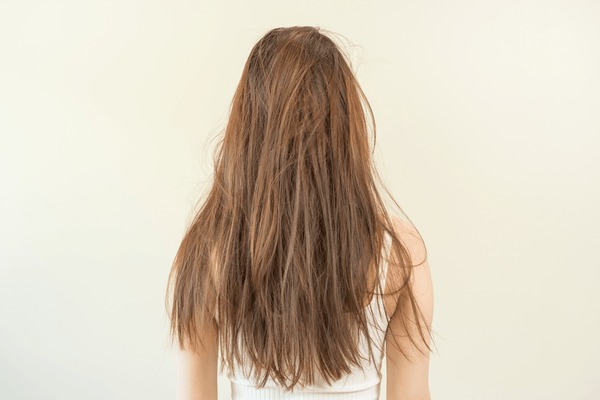
Solutions
Deep nourishment is key to repairing color- and perm-damaged hair.Make regular hair mask treatments a habit: Apply the mask evenly through your hair, focusing extra attention on the ends (the most fragile part), then wrap your hair in a warm towel. This helps the mask penetrate deeply into the strands, replenishing lost nutrients and moisture. Sticking to 1–2 deep treatments per week will significantly improve dryness over time.
Minimizing secondary damage is just as crucial. When brushing, opt for a wide-tooth comb and start from the ends, working your way up gently to avoid tugging or snapping. During washes, keep the water temperature moderate—hot water irritates the scalp and strips hair of its natural protective oils. When blow-drying, use the low-heat setting and hold the dryer a safe distance from your hair to prevent heat damage. Additionally, never attempt coloring or perming on wet hair, as this will only worsen existing damage.
3.Thin Hair: Smart Hacks to Visually Boost Volume
Common Issues
For those with thin hair, styling can be a constant struggle. When pulled back, the scalp often shows through, exacerbating the appearance of sparseness . Wearing hair down often results in a flat, limp look lacking volume and texture, which can leave you feeling drained and older . Additionally, limited hair density restricts styling options, making many trendy cuts or updos unfeasible.
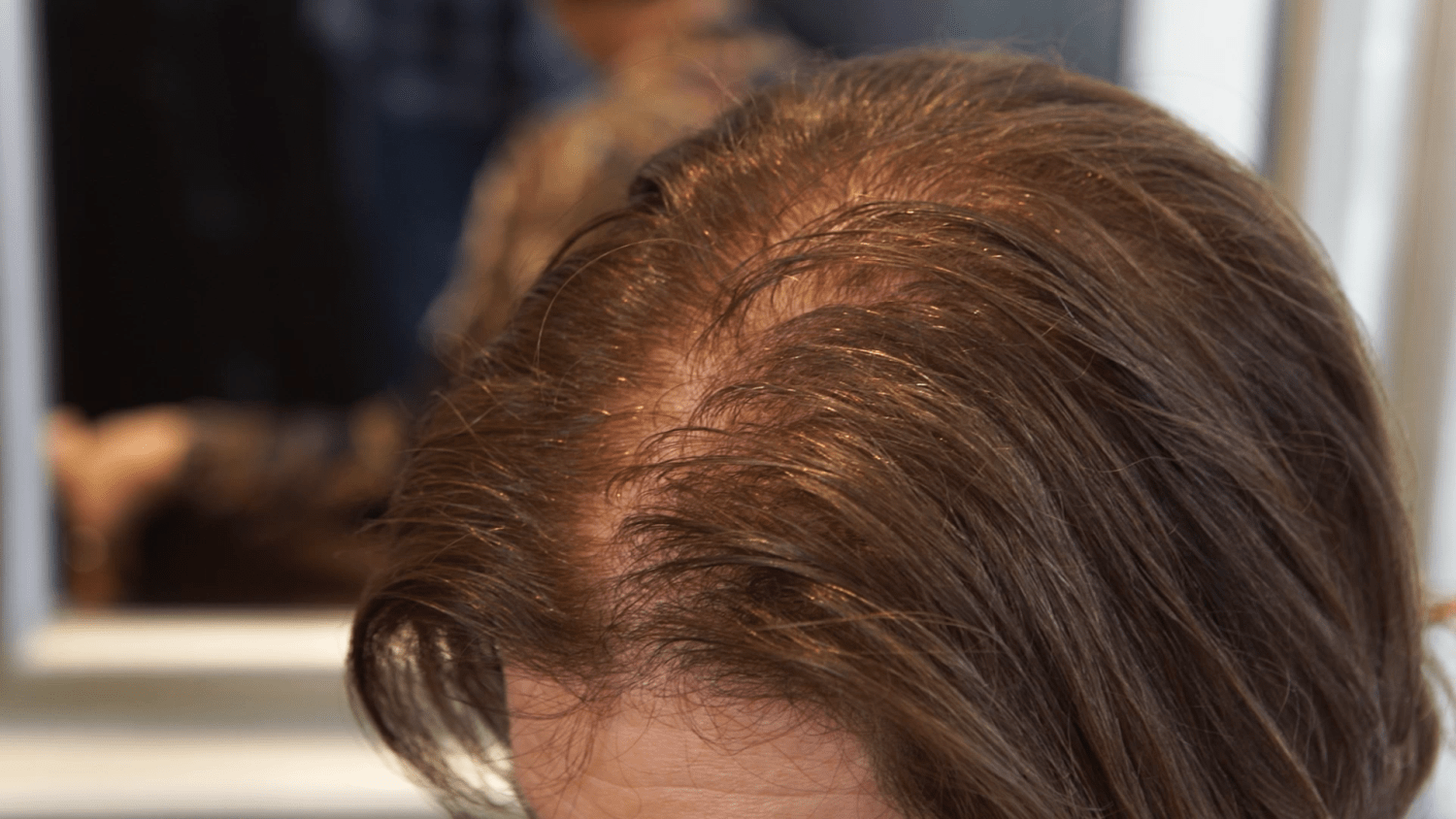
Solutions
Styling Strategies
Opt for layered hairstyles to create the illusion of thickness. By strategically cutting varying lengths, stylists add movement and bounce that visually plumps up fine strands . A deep side part is another game-changer—it conceals visible scalp and adds dimensionality, instantly elevating the look. For extra oomph, texturizing sprays or volumizing mousses applied at the roots can create lift without weighing hair down.
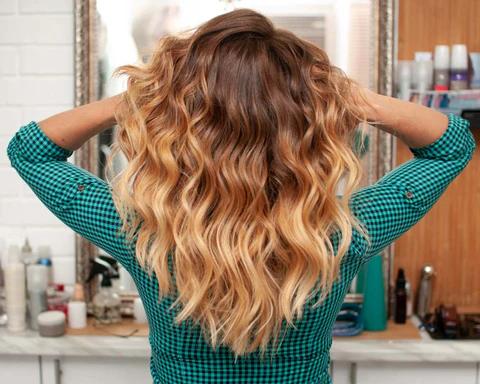
Daily Hair Care Tips
Nourish your locks from within by prioritizing a balanced diet rich in protein, vitamins (especially Biotin and Vitamin D), and minerals like zinc. These nutrients support hair follicle health and growth . Limit chemical treatments such as coloring and perming, as harsh chemicals weaken strands and accelerate breakage . Finally, prioritize a consistent sleep schedule and avoid late nights—quality rest reduces stress hormones that contribute to hair loss .
By combining smart styling techniques with holistic hair care, even thin hair can achieve enviable volume and vitality. Remember, healthy hair is always in style!
4.Stop Fast Shedding: Easy Fixes for Less Hair Loss
Common Issues
Hair types prone to excessive shedding refer to hair conditions where abnormal hair loss, reduced hair volume, and fragile strands occur due to various internal or external factors. Beyond affecting one’s appearance, such hair types can also reflect underlying health issues or improper hair care practices.
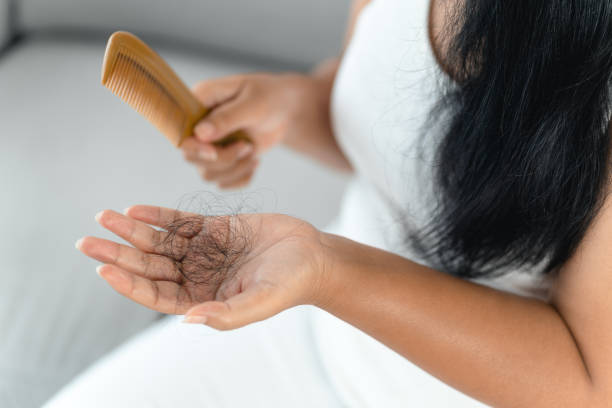
Solutions
To tackle excessive shedding, opt for mild, sulfate-free shampoos to protect the scalp barrier. Incorporate protein-rich foods like eggs and legumes into your diet to strengthen hair structure. Minimize heat styling and tight hairstyles to reduce mechanical damage, and prioritize stress management through adequate sleep or relaxation techniques to support a healthy hair growth cycle.
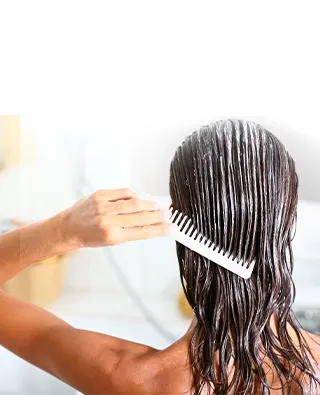
5.Another Quick Fix: Wear a Synthetic Wig!
Different hair concerns call for tailored approaches. For fine, flat, or limp hair, the focus lies in boosting root vitality and creating voluminous styles. When it comes to color- or perm-damaged hair, repair hinges on deep nourishment and minimizing further harm. For those with thin hair, visual fullness is achieved through strategic styling and daily care that supports healthier-looking locks. With targeted routines, we can ease the frustrations of common hair struggles to a noticeable extent.
That said, these improvements often require consistent, long-term effort to yield visible results. For anyone seeking a quick, effective way to refresh their look, there’s a convenient alternative: wearing synthetic wigs.
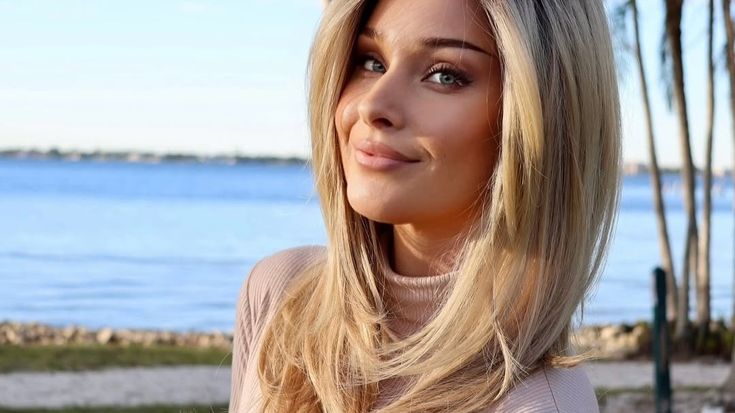
6.Synthetic Wig Recommendation: Introduction to the Glam Vigor Brand
Core Advantages
Glam Vigor’s synthetic wigs are crafted using Japanese hair fibers, which mimic the texture of real human hair remarkably well. From their natural shine to their softness, these fibers feel smoothly authentic to the touch—so much so that it’s nearly impossible to tell the wig apart from natural hair at first glance.
Wear Experience
The brand’s wigs are designed for comfort and a snug fit, with no tightness or discomfort during wear. Thoughtfully engineered to prioritize ease, they have a balanced weight that won’t weigh down your head. What’s more, compared to human hair wigs, Glam Vigor’s synthetic options are far more budget-friendly, offering exceptional value for money. This makes high-quality wigs accessible to more people at an affordable price point.
If you're into synthetic wigs, don't hesitate! Head over to Glam Vigor's official website to pick your favorite "her" !

